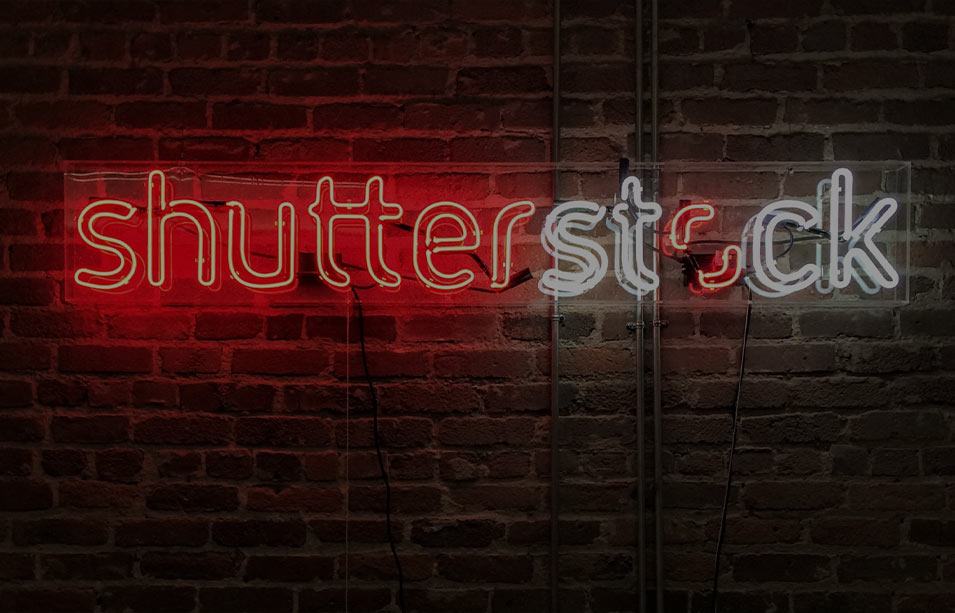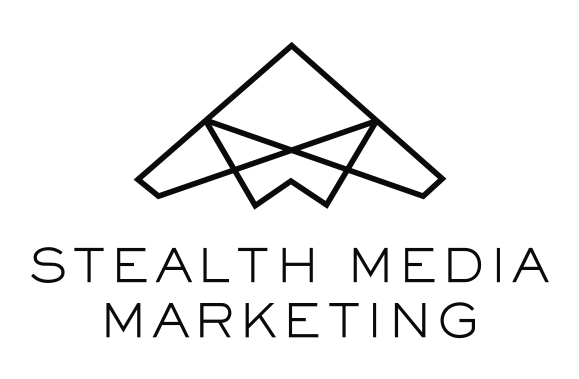
A beginner’s guide to choosing your brand colors
From tints, to tones, color psychology and color schemes, we simplify the process so you can get on with the fun part. Branding your business.
Table of Contents
why is your brand’s color scheme so important?
When building a brand, your color palette is one of your most crucial considerations. Along with your tone of voice, fonts and brand values, it helps people understand who you are and why you’re here — which, in turn, attracts the right customers for your brand.
“Choosing the right colors for your brand is like putting on clothes in the morning,” says Stealth Media Marketing’s Creative Director, Bobby McCarthy. “It all says something about what you stand for.”

start with some inspiration
Just as your brand values shape your tone of voice, they should also be the foundation for your color palette. You can start by creating a mood board of any colors and images you feel align closely with your brand’s identity. You can find inspiration almost anywhere. It can be from packaging and fashion to nature and interiors.
You can follow artists you admire on Instagram, or use Pinterest to create dedicated boards by color. Pinterest is a great resource for pooling content, and by sharing boards with colleagues, you can widen your inspiration net even further.

considering color psychology
As you do more research, you’ll notice whether you’re drawn to warm or cool colors. The connotations and moods evoked by the hues you choose should also reflect your brand values and personality. No one likes a bland brand!
Color theory is the idea that any hue links to a mood or value. It’s also known as “color psychology.” Some of these links are instinctive, whereas others are slightly more subtle. Whichever you choose, they can all have a big impact on how customers perceive your brand.
Here’s a rundown of some common colors and their associations:
yellow
This sunny hue is on the warm side of the color wheel and links to positivity. Think of the golden arches on a Happy Meal.
green
Green is evocative of growth and nature — a link Tropicana has used to it’s advantage in its logo and products.
blue
Blue has the benefit of projecting calmness, making it a sign of stability. This is useful if you’re a business such as PayPal, Chase or Venmo. Blue is helpful to convey reliability.
black
While black is a risky color, thanks to its associations with all things morbid, it also denotes sophistication. Multiple high-end brands harness this link, including Gucci, Prada and Alexander Wang.
red
Fiery hues denote excitement, passion and energy. Red Bull, and their association with high-adrenaline sports, are a great example of a brand that has aligned color connotations seamlessly with their values.
orange
A mix of red and yellow, orange is an invigorating, warm color that inspires creativity (think of the classic covers of your favorite Penguin books). Strangely, it can also create feelings of hunger or thirst, as it’s a common color in fruits and other foods.
purple
Deeper, vibrant shades of purple generate associations with luxury, richness and quality. This hue has been previously used most famously by Cadbury’s chocolate, but also by premium card makers, Hallmark.
Once you’ve identified the dominant color that projects your brand, you can get cracking on accent colors. Finding which accent colors will best complement your brand is crucial to complete your palette. This is where the color wheel, along with color theory, really come into play.

color terminology explained
If you’re not a designer, color terminology can be like trying to play Scrabble in another language. Here are the definitions of some common color terms you might come across when building your palette:
color wheel
A visual that demonstrates the relationship between the 12 primary (red, blue, yellow), secondary (purple, green and orange) and tertiary colors. This is a great tool for finding contrasting and complementary colors.
hue
One of the 12 single colors found on the color wheel.
tint, tone or shade
The different ways of transforming hues into a variety of colors. A tint is a hue mixed with white, while a shade is a hue mixed with black. A tone mixes a hue with black and white.
creating a color scheme
Once you’ve got all the color theory lingo down, you can start using your knowledge to build out schemes. A color scheme is simply the way you combine or arrange colors:
monochromatic
A palette comprising just one hue, with different tones or shades. Think Oreo’s different shades of blue.
analogous
A palette made from colors that appear next to each other on the color wheel. These combinations tend to be particularly harmonious, as seen in agricultural giant John Deere’s palette of greens and yellow.
complementary
A color scheme comprising colors that are opposite each other on the color wheel. If used on top of each other — for example, by applying red text to a green background — they will clash. But when used side-by-side they can help you create something that stands out. Think 7-Up’s logo.
compound
Also known as ‘split-complementary,’ this palette takes two adjacent colors on the wheel, and matches them with a color on the opposite side.
triad
A palette built from three colors taken from evenly-spaced parts of the wheel. Burger King’s red, blue and yellow is a classic example.

choosing and testing your palette
Once you’ve fully understood the color wheel and scheme options, it’s time for the fun part. Playing around with different palettes based on your dominant colors.
If you’re finding it hard to choose a definitive final palette, test out a few of your favorite combinations. You might find you haven’t picked colors with enough impact (for example, if you’ve chosen a monochromatic palette), or ones which don’t look the same when they appear in print and online.
It’s also worth researching how your colors compare to those of your competitors — too similar to competing brands, and you risk getting lost in the crowd. For example, in France and Germany yellow denotes envy, whereas in the UK green is a traditionally envious color.
The colors you choose can have a huge impact on the visibility of your business. Red Bull’s palette, intact since its launch in 1987, is so integral to the brand that seeing silver, red, yellow and blue together instantly brings the energy drink to mind.
If you choose your palette carefully using these guidelines, you can use your brand’s colors with complete confidence.
Ready to take it a step further?

5. work those keywords
There’s a special art to finding quality images from a diverse stock library. The search terms you use can really make the difference between hours of scouring and a quick decision-making process. Using a ‘long tailed’ search, with multiple keywords, will help you narrow down a search quickly. You can also choose to exclude certain keywords, which can be as important as keywords you leave in.
Finally, make full use of the stock image site’s filters when you start a search. On larger sites, the filtering tools can be impressively detailed. They’ll cover everything from image orientation, to aspect ratio, country of origin or number of people featured. Shutterstock is well-known for its filtering tools. You can even fine-tune your search down to ethnicity, age, and gender!
6. use all your senses to find content that pops
Texture and sensory cues can be powerful in stock images. Whether you’re designing an event flyer, an email graphic, a webpage or a business card. A snuggly-looking blanket, a vase of fresh flowers or a luscious-looking cheesecake will generate positive associations. On the flipside, photos taken in dated or cheap-looking interiors, or posed with unappealing props can make an image that’s otherwise right feel wrong for your clients.
Quick Tip: Always choose the highest resolution available within your budget. This will give you a lot of options for zooming and cropping your images. It will also make sure you avoid the dreaded pixelated look.
For more tips on branding, try our guide on rebranding!





No Comments